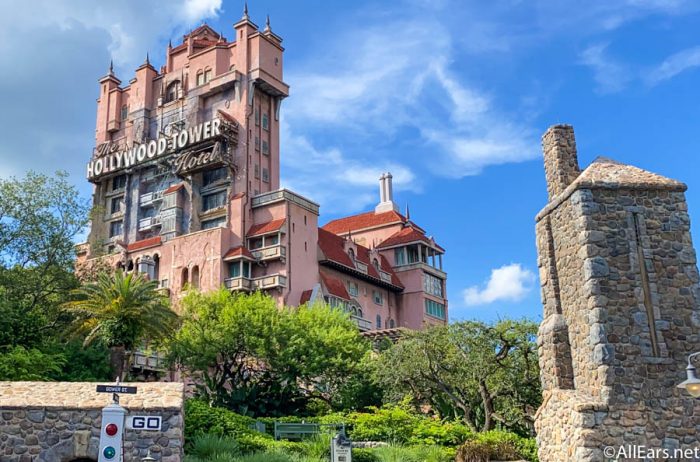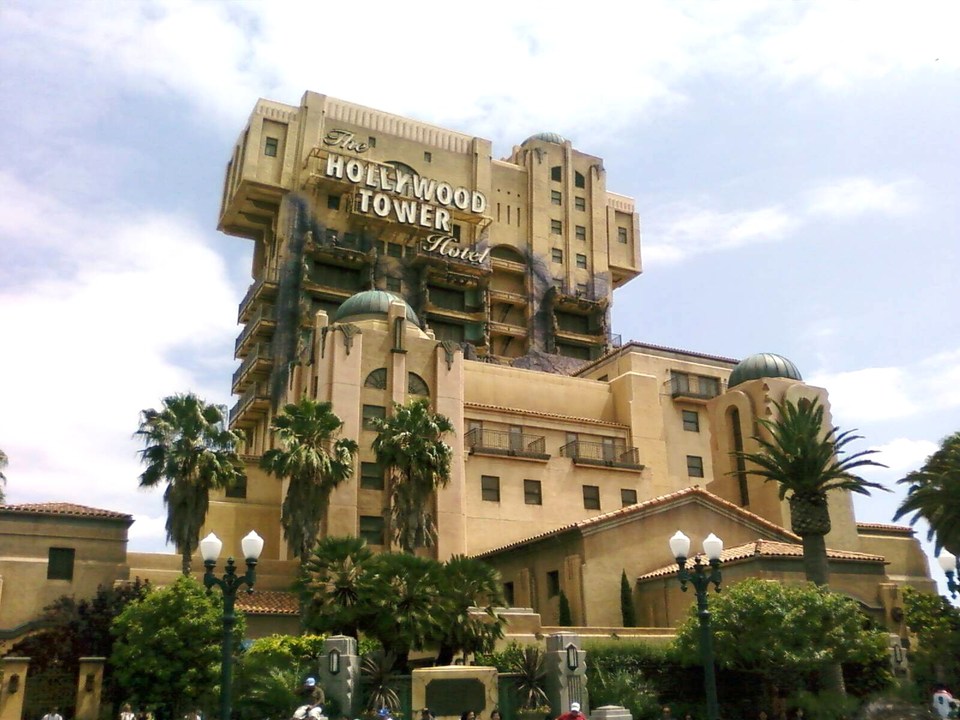
It is a medium that embraces spatial design as a means of play. The original Tower of Terror, at Disney World’s Hollywood Studios in Orlando, will reportedly remain unchanged.Most video games allow us to explore spaces. 2, 2017, with the opening of Mission: Breakout set to coincide with the summer 2017 release of the Guardians of the Galaxy sequel. The Twilight Zone Tower of Terror, more commonly known as the Tower of Terror, is a drop tower thrill ride at Disneys Hollywood Studios at Walt Disney World.It is based upon the television show The Twilight Zone.It is the original version of the attraction, opening at Disney-MGM Studios (now Disneys Hollywood Studios) in July 1994.The Tower will officially close Jan.
Disney World Tower Of Terror License Plate 10
However, it was.Recent Walt Disney World 8 hours ago Mickey Mouse Fans Will LOVE This Detail Inside EPCOT's Creations Shop 10 hours ago Check Out the NEW Remy's Ratatouille Adventure Merchandise In EPCOT 10 hours ago PHOTOS: Lightning Lane Signs Have Arrived in Another Disney World Park 10 hours ago Here's How to Get Disney World's NEW 50th Anniversary License Plate 10 hours ago PHOTOS & VIDEOS: We’re. The question is how well we’re able to translate the story we want to tell you, so that becomes the narrative that sticks with you.The Twilight Zone Tower of Terror at Walt Disney Studios Park is based on the same design as the version at Disney California Adventure. You are always going to tell yourself a story as you move through an environment, whether it’s conscious or not. Whether it’s a side-scrolling 2D game or a 3D environment in an open-world game, we’re traversing through space, moment to moment.

Think of a game’s setting, characters, and even its genre. If you find yourself laughing at a game that’s supposed to be sad, or vice versa, someone, somewhere, bungled the execution of the emotional intent.Disney packs a lot of game into the loading screen, if we want to use familiar termsContext helps us frame the intended emotion in a way that is relatable to the audience. What are we trying to get you to feel? That’s the emotional intent.
The ride brings together many different layers of horror, nostalgia, and history, but as a whole, it’s also emotionally cohesive and tells a linear story. In many ways, Disney Imagineering taught the rest of us what it means to tell effective stories in limited spaces, and its work set a standard of quality that many games still struggle to match, much less surpass.A tour of Disneyland’s Star Wars: Galaxy’s Edge in 30 photosThat work is perhaps best seen in one of my favorite attractions: The Twilight Zone Tower of Terror. That’s longer than video games have been around in their entirety. In that case, the context may work against our emotional intent, and that issue may point to larger problems in the game’s basic design.Disney Imagineering, the creative group of artists and engineers behind the parks, has been doing this sort of work since the early ’50s. Context matters on a deep level: Imagine trying to create a game that’s set in a hospital that makes someone feel safe and calm. It’s always important to remember that people feel things every time they walk into a space, and it’s our design that helps determine how someone feels.
You just have to exist in the space, and take in what’s around you.This has always been one of the genius ideas of Disney parks: the decision to make the lines for the attractions almost as fun as the attractions themselves. You don’t even have to be aware of it, or looking for it, for the effect to work. That’s the power of environmental storytelling: It gets in through your skin. But most of us understand exactly what’s going on with this environment long before we get to that first TV.
It’s the narrative that makes Tower of Terror stand out.The story is set in an infamous Hollywood hotel from the ’30s that was shut down when several guests disappeared in an elevator during a violent storm. The high-level premise of the attraction is a drop ride, but those are pretty common in theme parks. So what’s the context?This is one of those wonderful situations where the emotional intent and context line up perfectly. They should feel that mounting fear throughout the entire experience, and that experience starts long before they even step into the line.This is the emotional intent: to make you feel escalating horror. The whole thing should start lightly, and then draw the guest into the tension and fear that pervade the attraction.
When I was a kid, I was convinced it had to be a working hotel its back side was too big and detailed to “just” be a ride, especially one that only had to go up and down.But it’s a trick. This takes you down a long, one-way street, and at the end of the road is a massive, towering building. The journey is part of the storyYou have to walk to the end of one of the themed areas in Disney’s Hollywood Studios, Sunset Blvd., to get to the tower itself. Until you enter, of course.This is what it’s like to experience the ride.
Photo: Loren Javier/FlickrThe entrance to the structure is covered by a wall and layers of foliage. The placement of the building at the end of this street also plays into some other narrative and design ideas.The signs even show what the hotel once was, according to the in-universe fiction, and what it is now: a haunted attraction. Allowed the designers to perfectly frame the building in a three-quarter view, showing off its size lining the straight street with tall palm trees helped to make the tower feel even taller.
This place feels like a hotel, not the line to a theme park ride. The theme of mounting horror continues to seep through every inch of the design.You see pockets of statues through the overgrown plants and trees, a large fountain that has been drained, and large open passageways that guests might have gone through at one time. And enter the quiet, narrow paths leading directly up to the hotel.Your context has changed, very significantly, in that moment. Once you go through the gates and get in the line, you leave the lively and wide-open Sunset Blvd.


Area, but the entire idea of that golden age of Hollywood, you get a remarkable sense of loss and fear.The lobby is a riot of creepy details. When you juxtapose the melancholy scene you’re currently in with the glamour of not just the hotel or the Sunset Blvd. If the place were some cheap motel, the feelings would be totally different. Craftsmanship plays a huge part in the emotional intent of this attraction. Creepy.I’ve mentioned the luxurious look of the hotel a few times, and I want to take a moment to talk about this aspect of the ride’s design.
The clip is framed as an episode of The Twilight Zone, with a moderately convincing composited version of Rod Serling (RIP) giving the narration.As I mentioned, this room is tiny. In Tower of Terror, it’s an old-time TV that will show you a video, explaining the events of that fateful night. This is the space where you’re given an exposition dump about the story of the attraction and the role you’ll play in the ride. This zone is themed to look like a small rest area, but its real function is to help deliver the “preshow.”Disney attractions are famous for this idea. Whoever belonged to these items is long gone, and it’s clear that they’re not coming back.You’re then brought into the smallest space you’ve been in yet, and most times, you’ll be packed in with a large group of people.


 0 kommentar(er)
0 kommentar(er)
